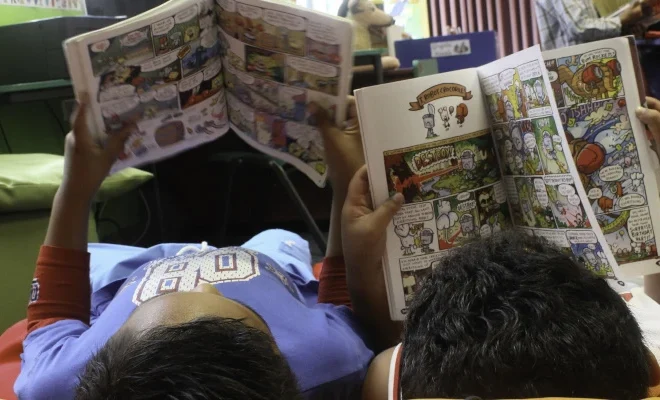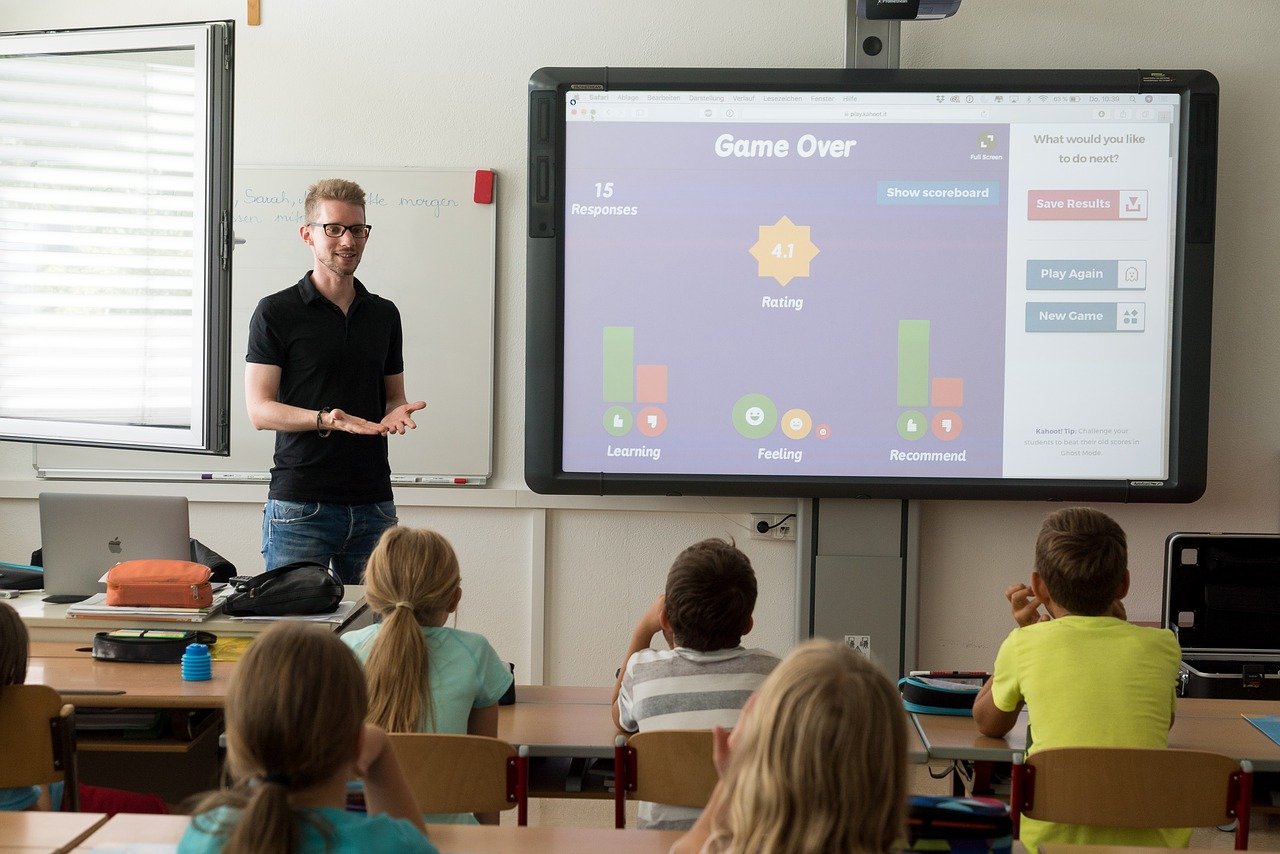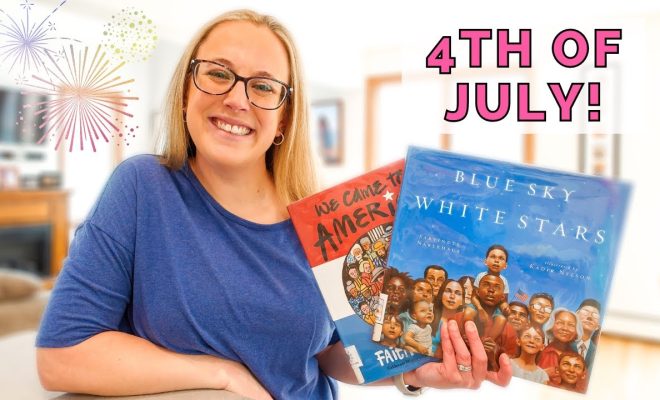Graphic Novels Should Play a Bigger Part in Your Classroom. Here’s Why

In recent years, educators have been increasingly recognizing the benefits of graphic novels as a powerful teaching tool in the classroom. Gone are the days when graphic novels were dismissed as mere comic books. These visually appealing and narrative-rich works are now being integrated into lesson plans across various subjects. But why exactly should graphic novels play a bigger part in your classroom? Let’s explore the reasons.
First, graphic novels can engage all types of learners. With their vibrant illustrations and concise text, they can captivate visual learners and reluctant readers who may struggle with traditional novels. By offering a combination of visuals and text, graphic novels provide multiple entry points for students to understand and interpret the story. This inclusive approach ensures that every student can participate and benefit from the reading experience.
Second, graphic novels can foster critical thinking skills. The visual nature of these novels requires readers to analyze and interpret the images alongside the text. This process encourages students to think beyond the words on the page and consider visual storytelling elements such as panel layouts, character expressions, and visual symbolism. Through this analysis, students develop their ability to infer meaning, make connections, and analyze different perspectives.
Furthermore, graphic novels can serve as a gateway to complex topics and promote cultural literacy. Many graphic novels tackle important themes that resonate with students, such as identity, social justice, and historical events. These stories provide a meaningful way to engage students in discussions about diversity, empathy, and real-world issues. Moreover, graphic novels often feature diverse characters and perspectives, allowing students to explore and appreciate different cultures, experiences, and points of view.
Beyond their educational merits, graphic novels also promote a love of reading. The enticing visuals and dynamic storytelling inherent in these works can spark a passion for literature in even the most reluctant readers. As students delve into the captivating worlds of graphic novels, they may discover the joy of reading and develop a lifelong love for storytelling.
Incorporating graphic novels into your classroom can be as simple as integrating them into independent reading time, using them as mentor texts for writing exercises, or even analyzing them as a form of literature. By embracing graphic novels, you not only enhance your students’ learning experience but also cultivate their creativity, critical thinking, and cultural awareness.
In conclusion, graphic novels have emerged as a valuable asset for educators seeking innovative teaching methods. By utilizing the unique combination of visuals and text found in graphic novels, educators can engage students of all learning styles, foster critical thinking skills, promote cultural literacy, and ignite a love of reading. So, why not make graphic novels a bigger part of your classroom? The benefits they offer are too significant to overlook.






